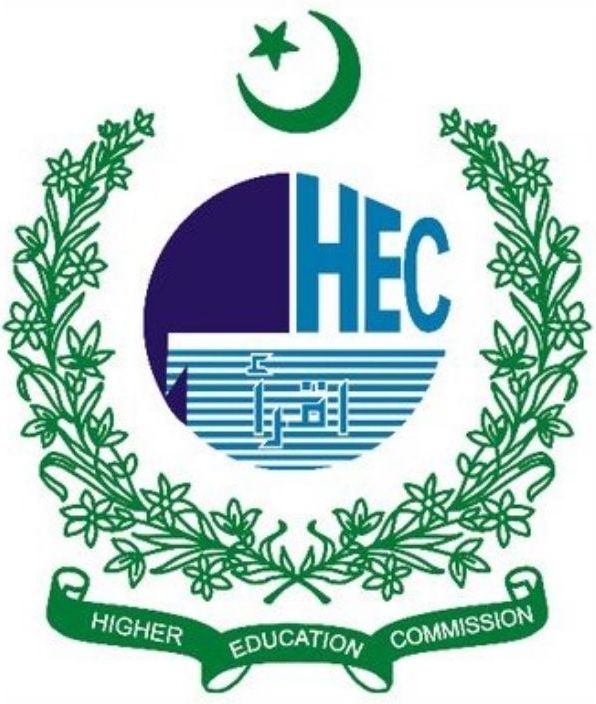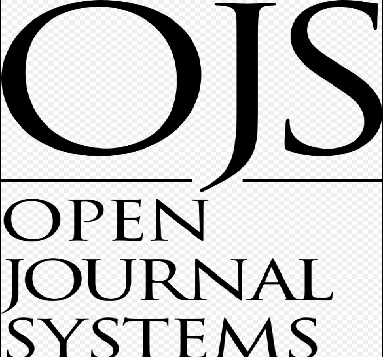Impact of Income Inequality and Natural Resources on Ecological Footprint Evidence from Pakistan
DOI:
https://doi.org/10.63056/ACAD.004.02.0234Keywords:
Ecological footprint , GFN , SWIID , Natural resources , time series data, Income inequalityAbstract
This research examines the impact of income inequality and natural resources on Pakistan’s ecological footprint, using data from 1990 to 2022 from the World Development Indicators, Global Footprint Network (GFN), and the Standardized World Income Inequality Database (SWIID). The analysis is based on the ARDL (Autoregressive Distributed Lag) model, which helps identify short and long-term relationships between environmental impact and economic factors such as inequality, natural resource use, GDP, and foreign direct investment (FDI). The findings show that while all variables are stable over time, they are linked in the long run. Income inequality, GDP, and FDI each have a mild positive association with the ecological footprint, meaning they slightly increase environmental pressure. Similarly, natural resource use also shows a slight upward impact on the ecological footprint. The study underlines the importance of policies that reduce income gaps, promote sustainable resource use, and support green technologies. Key policy recommendations include strengthening social protection systems, managing resources responsibly, investing in eco-friendly infrastructure, educating the public on sustainability, and ensuring environmental and social strategies are aligned. For future research, the study suggests focusing on regional differences, specific industry effects, and how behavioral changes can support sustainable growth in Pakistan.
Downloads
Published
Issue
Section
License
Copyright (c) 2025 Sara Attiq, Dr. Muhammad Ali Gardezi (Author)

This work is licensed under a Creative Commons Attribution 4.0 International License.












